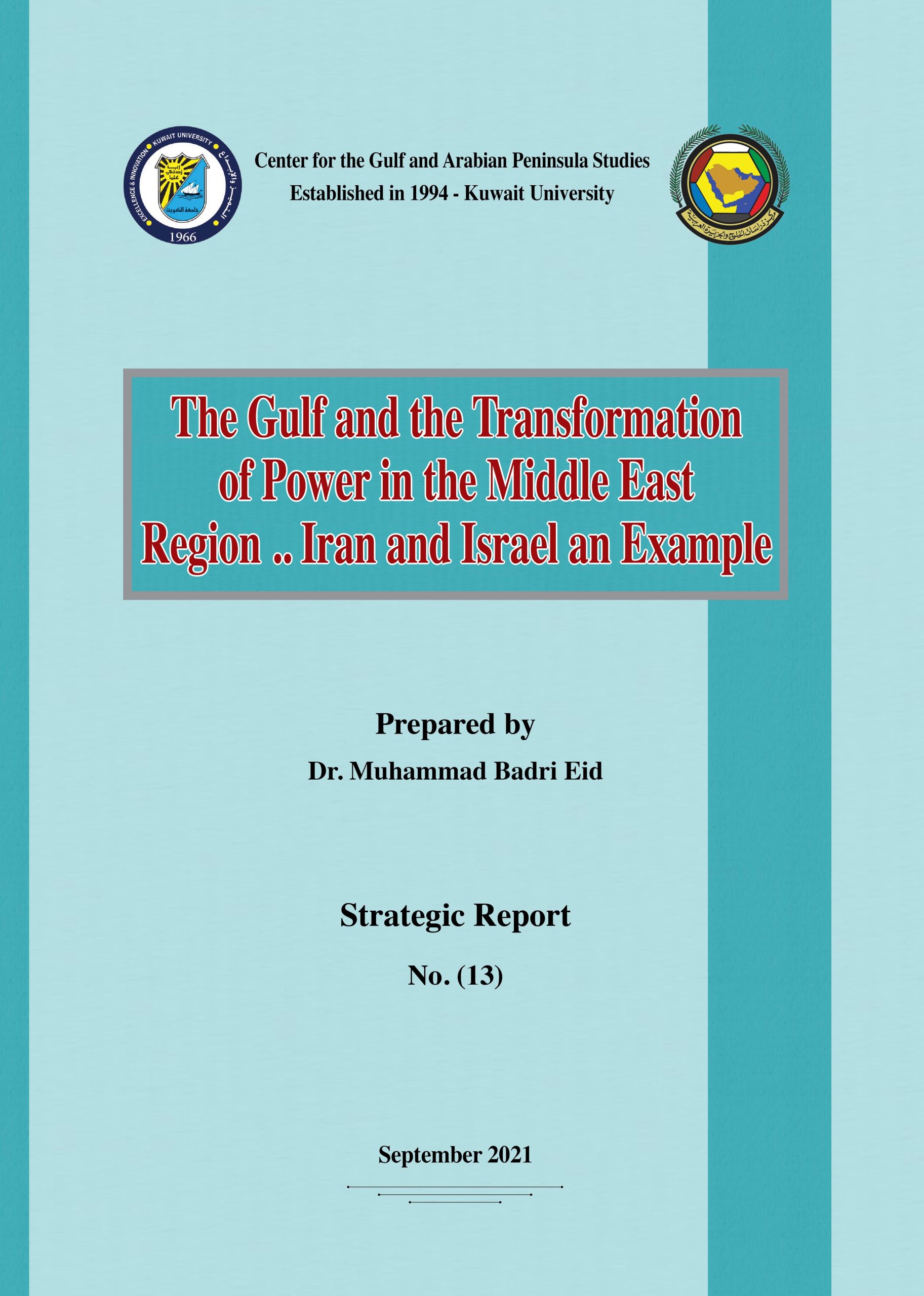Abstract:
Historical experience and contemporary events in the Arabian Gulf indicate that there are interrelationships between the region’s security and regional security in its various dimensions. This impact is reflected among the dimensions of the Gulf’s security given the quality and nature of the challenges faced by the States of the region at both the internal and external levels, as the security challenges in the Gulf are not separate from each other but interrelated. In general, the Arabian Gulf region is characterized by the fact that the nature of the risks to which it is exposed stems mainly from complex and multidimensional sources relevant to the Territory’s strategic environment and its multiple dimensions. For example, the conventional arms race, which has been a necessary feature of the region since the 1980s, and both Iran and Iraq’s pursuit of their own military and security policy have created a state of insecurity for the surrounding States represented in the GCC. Thus, for decades, the Gulf has lived in an environment dominated by conflict, competition and dissatisfaction with the status quo and has always sought to change it by the two regional forces competing for domination of the Territory, represented in Iran and Iraq. More generally, the inevitable option for change was to resort to military force by these two rival States. The lack of geopolitical stability throughout the region has therefore been the predominant and necessary feature of the region’s security at both the national and collective levels for years. Like this experience, the last decade has witnessed a clear upsurge in rivalry and regional conflict between Iran and Israel. For the sake of domination and control of the Middle East region, at the heart of it is the Arab Gulf region, which carries this rivalry, and that conflict poses very serious potential risks to the security and stability of the Gulf States today and in the future.
Hits : 994
